Publications on Female Sex Workers (FSW)
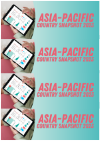
The country HIV snapshots prepared by UNAIDS’ HIV and AIDS Data Hub for Asia Pacific provide comprehensive information on the HIV epidemic and response in Asia and the Pacific countries. Download the country snapshots to find out the most up-to-date HIV data and analysis.
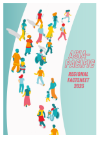
Marked inequalities and diverse epidemic trends affect progress in the HIV response in Asia and the Pacific. The HIV epidemic in the region disproportionately affects people from key populations, especially young people (aged 15–24 years), and their sexual partners. Download the regional factsheet to find out the most up-to-date HIV info, data and analysis.
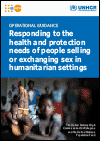
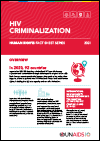
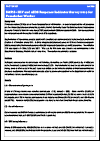
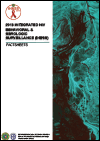
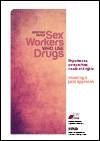
Sex workers and people who use drugs are subject to widespread violations of their human rights, which, for the most part, go unchallenged. Globally, these groups are subjected to repressive and discriminatory laws, policies and practices. These policies and practices fuel stigma, discrimination, widespread violence, and significantly increase the risks and vulnerabilities of both populations to sexually transmitted infections and blood borne viruses, notably HIV and hepatitis B and C.







